Home>Gardening & Outdoor>Plant Care & Gardening Tips>What Kind Of Wildflowers Are In Great Smoky Mountains Near Cosby
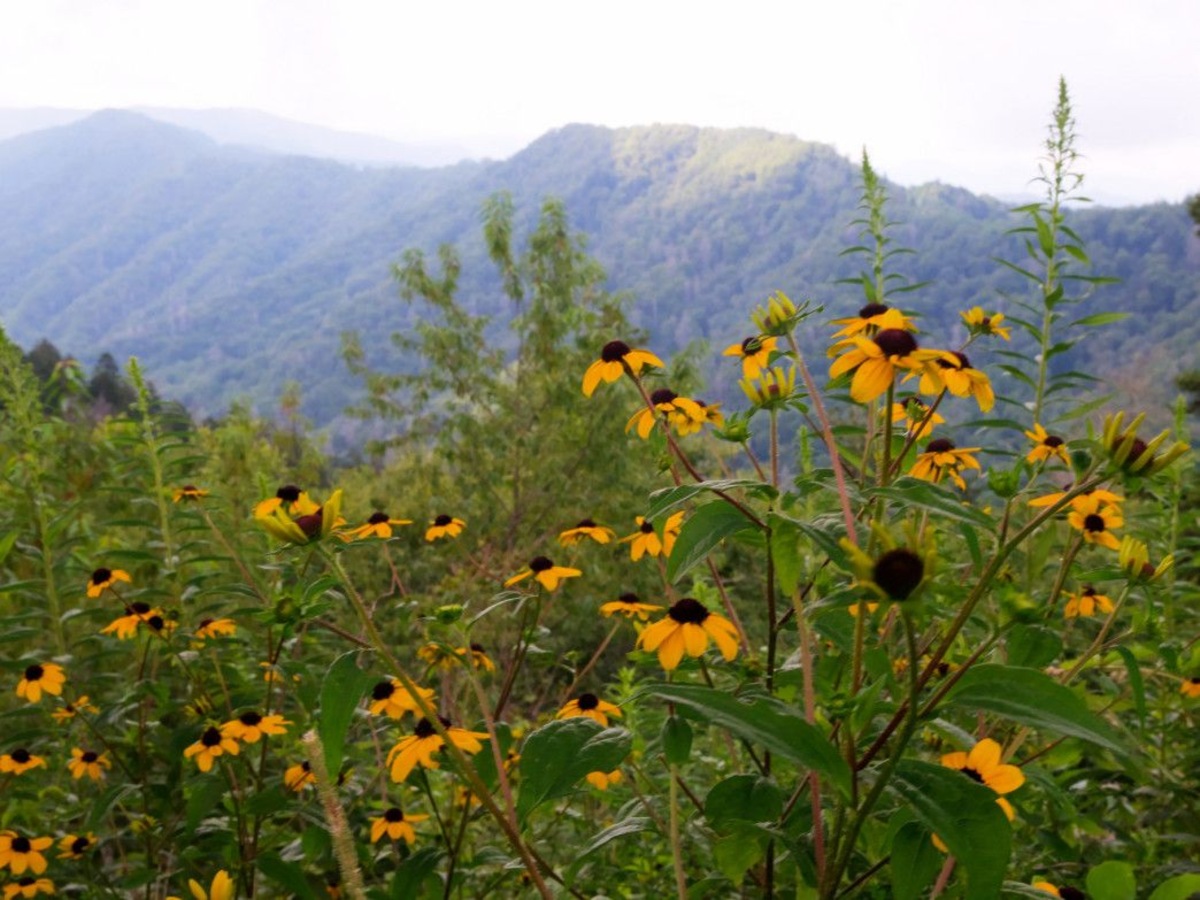

Plant Care & Gardening Tips
What Kind Of Wildflowers Are In Great Smoky Mountains Near Cosby
Modified: January 6, 2024
Discover the diverse array of wildflowers in Great Smoky Mountains near Cosby. Get expert plant care and gardening tips to enhance your experience. Explore now!
(Many of the links in this article redirect to a specific reviewed product. Your purchase of these products through affiliate links helps to generate commission for Storables.com, at no extra cost. Learn more)
Introduction
Welcome to the enchanting world of wildflowers in the Great Smoky Mountains near Cosby! As we embark on this journey, we will delve into the breathtaking beauty of the flora that adorns this majestic landscape. The Great Smoky Mountains National Park is renowned for its rich biodiversity, encompassing an array of wildflowers that captivate the senses and ignite a profound appreciation for nature’s wonders.
Throughout the Cosby area, a tapestry of wildflowers graces the meadows, woodlands, and mountain slopes, creating a vibrant display of colors and fragrances. From the delicate trilliums to the majestic rhododendrons, each wildflower has a unique story to tell, weaving a narrative of resilience and beauty.
Join us as we explore the diverse array of wildflowers that thrive in this captivating region, from the common species that blanket the hillsides to the rare and endangered treasures that are carefully preserved within the park’s boundaries. We will also uncover the best times to witness this floral spectacle, ensuring that you can fully immerse yourself in the splendor of the wildflowers that grace the Great Smoky Mountains near Cosby.
Key Takeaways:
- Immerse yourself in the vibrant world of wildflowers in the Great Smoky Mountains near Cosby, from the delicate trilliums of spring to the resplendent flame azaleas of summer, and cherish the park’s enduring natural beauty.
- Discover the diverse array of wildflowers, from common blooms like the Eastern redbud and fire pink to rare treasures like the fringed gentian and small whorled pogonia, and embrace the importance of conservation in safeguarding the park’s precious floral heritage.
The Great Smoky Mountains National Park
Nestled within the heart of the Appalachian Mountains, the Great Smoky Mountains National Park stands as a testament to the awe-inspiring beauty of the natural world. Spanning over 800 square miles, this UNESCO World Heritage Site is a sanctuary for an astonishing diversity of plant and animal species, earning it the title of the “Wildflower National Park.”
The park’s diverse topography, ranging from verdant valleys to towering peaks, provides a fertile habitat for an estimated 1,500 species of flowering plants. This remarkable abundance of wildflowers is a result of the park’s unique blend of temperate climate, rich soil, and varying elevations, which create a mosaic of microhabitats that support an array of floral treasures.
Visitors to the Great Smoky Mountains National Park have the opportunity to witness an ever-changing tapestry of wildflowers throughout the year. Spring brings forth a profusion of blooms, painting the landscape in hues of pink, purple, and white. As the seasons transition, summer unveils a kaleidoscope of colors, while the autumn foliage provides a stunning backdrop for the remaining late-blooming wildflowers.
Whether you are an avid botanist, a nature enthusiast, or simply seeking solace in the embrace of the natural world, the Great Smoky Mountains National Park offers a sensory feast of wildflowers that is as captivating as it is diverse. As we venture deeper into the Cosby area, we will unravel the botanical wonders that await within this extraordinary national park.
The Cosby Area
Tucked away in the northeastern corner of the Great Smoky Mountains National Park, the Cosby area beckons with its tranquil beauty and unspoiled wilderness. This idyllic region is a haven for outdoor enthusiasts, offering a serene escape from the hustle and bustle of modern life.
Traversing the Cosby entrance road, visitors are greeted by a landscape that exudes a timeless charm, where lush forests, meandering streams, and rolling meadows converge to create a picturesque tableau. The Cosby Campground serves as a gateway to the park’s lesser-explored treasures, welcoming nature lovers and hikers to immerse themselves in the natural splendor that defines this corner of the Great Smoky Mountains.
Within the Cosby area, the renowned Gabes Mountain Trail and the serene Hen Wallow Falls trail wind their way through enchanting woodlands, offering glimpses of the diverse flora that thrives in this pristine environment. From the delicate blooms that carpet the forest floor to the majestic wildflowers that adorn the higher elevations, the Cosby area is a veritable paradise for those seeking to connect with the untamed beauty of the natural world.
As we venture deeper into the Cosby area, we will uncover the hidden gems that await amidst the verdant landscapes and babbling streams. Join us as we embark on a botanical odyssey, where the wildflowers of the Great Smoky Mountains near Cosby take center stage, weaving a tapestry of color and fragrance that is sure to leave an indelible impression on all who wander through this enchanting realm.
Types of Wildflowers in the Great Smoky Mountains
The Great Smoky Mountains National Park is a botanical wonderland, boasting an impressive array of wildflowers that thrive in its diverse ecosystems. These wildflowers can be categorized into several types based on their preferred habitats and unique characteristics. Understanding these types can provide valuable insight into the rich tapestry of flora that graces this extraordinary landscape.
Woodland Wildflowers
Woodland wildflowers are a common sight in the shaded, moist environments of the Great Smoky Mountains. These delicate blooms, such as trilliums, mayapples, and bloodroots, carpet the forest floor in spring, creating a mesmerizing display of white, pink, and yellow hues. Their ability to thrive in low-light conditions and rich, organic soil makes them a quintessential feature of the park’s woodlands.
Read more: When Is The Wildflower Event In The Smokies
Ridgetop Wildflowers
As the elevation increases, a different cast of wildflowers emerges along the ridgetops and open meadows of the Great Smoky Mountains. Species such as flame azaleas, mountain laurels, and rhododendrons adorn the higher elevations with their vibrant blooms, painting the landscape in a palette of fiery reds, pinks, and purples. These hardy wildflowers have adapted to the harsher conditions of the exposed ridgetops, where they thrive amidst the rocky outcrops and sweeping vistas.
Streamside and Wetland Wildflowers
The park’s numerous streams, rivers, and wetlands provide a fertile habitat for a diverse array of wildflowers. From the striking purple coneflowers to the elegant swamp milkweeds, these water-loving blooms add a splash of color to the riparian landscapes of the Great Smoky Mountains. Their ability to thrive in moist, nutrient-rich soils makes them a vital component of the park’s wetland ecosystems.
Shrub and Understory Wildflowers
Beneath the towering canopy of the park’s forests, a host of shrub and understory wildflowers flourish in the dappled sunlight. Species such as wild hydrangeas, witch-hazels, and spicebushes add a layer of diversity to the park’s plant communities, offering a rich tapestry of blooms that contribute to the overall biodiversity of the Great Smoky Mountains.
Each type of wildflower plays a crucial role in the park’s intricate web of life, contributing to the ecological balance and visual splendor that defines the Great Smoky Mountains National Park. As we continue our exploration, we will encounter these diverse types of wildflowers, each weaving its own unique story within this natural tapestry.
Common Wildflowers in the Cosby Area
As we venture deeper into the Cosby area of the Great Smoky Mountains, a captivating array of common wildflowers awaits, adorning the landscape with their vibrant blooms and delicate forms. These resilient and abundant wildflowers are a testament to the park’s rich biodiversity and the ecological harmony that sustains them.
Eastern Redbud (Cercis canadensis)
The Eastern redbud, with its striking magenta blossoms, is a familiar sight in the woodlands and along the trails of the Cosby area. This early spring bloomer adds a splash of color to the forest understory, signaling the arrival of the season’s floral extravaganza. Its heart-shaped leaves and clusters of rosy flowers make it a beloved symbol of renewal and natural beauty.
Fire Pink (Silene virginica)
The fire pink, with its brilliant scarlet petals and slender, elongated leaves, is a striking presence amidst the rocky outcrops and open woodlands of the Cosby area. This resilient wildflower thrives in the park’s diverse habitats, adding a fiery touch to the landscape during the late spring and early summer months. Its vivid blooms are a favorite among pollinators, attracting butterflies and hummingbirds with their nectar-rich flowers.
Wild Geranium (Geranium maculatum)
The wild geranium, also known as the spotted geranium, graces the woodlands and moist slopes of the Cosby area with its delicate pink to lavender-hued blossoms. This graceful wildflower, with its deeply lobed leaves and intricate floral structure, is a common sight along the park’s trails, offering a touch of elegance to the verdant surroundings. Its long blooming period ensures that visitors can admire its beauty throughout the spring and early summer.
Butterfly Weed (Asclepias tuberosa)
The vibrant orange blooms of the butterfly weed brighten the meadows and sunny clearings of the Cosby area, attracting a myriad of pollinators with their colorful display. This native milkweed species is a vital host plant for monarch butterflies and serves as a beacon for a diverse array of beneficial insects. Its cheerful blossoms and slender, lance-shaped leaves add a cheerful note to the park’s floral tapestry.
These common wildflowers, among many others, contribute to the kaleidoscope of colors and textures that define the Cosby area of the Great Smoky Mountains. As we explore further, we will encounter these resilient blooms, each adding its own unique charm to the natural splendor of this captivating region.
Rare and Endangered Wildflowers
Within the Great Smoky Mountains National Park, a precious assemblage of rare and endangered wildflowers exists, captivating the hearts of botanists and nature enthusiasts alike. These delicate treasures, often found in specialized habitats and facing various threats to their survival, serve as poignant reminders of the importance of conservation and stewardship in preserving the park’s natural heritage.
Fringed Gentian (Gentianopsis crinita)
The fringed gentian, with its striking blue, fringed petals, is a rare and coveted find in the moist, open meadows of the Great Smoky Mountains. This late-blooming wildflower, which graces the landscape with its ethereal beauty in late summer and early fall, is a symbol of resilience and natural splendor. Its scarcity and unique floral structure make it a prized discovery for those who venture into the park’s less-traveled corners.
Small Whorled Pogonia (Isotria medeoloides)
The small whorled pogonia, a diminutive and elusive orchid, can be found nestled within the park’s rich, acidic forests, where it thrives in the dappled sunlight and humus-rich soils. This rare orchid, with its spiral arrangement of leaves and delicate, greenish-yellow flowers, is a testament to the park’s botanical treasures. Its conservation status and specialized habitat requirements make it a species of great interest to researchers and conservationists.
Green Pitcher Plant (Sarracenia oreophila)
The green pitcher plant, a carnivorous marvel of the park’s wetland ecosystems, is a rare and endangered species that adds a touch of intrigue to the Great Smoky Mountains. This remarkable plant, with its pitcher-shaped leaves and nodding, maroon-hued flowers, is a vital component of the park’s bog habitats. Its conservation status and specialized adaptations for nutrient acquisition underscore the importance of protecting the park’s wetland ecosystems.
Read more: What Is Wildflower Honey
Virginia Spiraea (Spiraea virginiana)
The Virginia spiraea, a delicate shrub with clusters of white, rose-like flowers, graces the park’s moist woodlands and streamside habitats with its understated charm. This rare and threatened wildflower, with its slender stems and serrated leaves, serves as a poignant reminder of the fragility of the park’s plant communities. Its conservation status and susceptibility to habitat degradation highlight the need for continued efforts to safeguard its existence.
These rare and endangered wildflowers, among others, underscore the importance of preserving the Great Smoky Mountains’ rich botanical heritage. As we cherish the beauty of these delicate blooms, we are reminded of the vital role we play in safeguarding the natural wonders that enrich our lives and inspire a profound connection to the natural world.
Best Times to See Wildflowers
Timing is key when it comes to experiencing the breathtaking spectacle of wildflowers in the Great Smoky Mountains near Cosby. Each season brings forth a unique cast of blooms, transforming the landscape into a vibrant tapestry of colors and fragrances. Understanding the best times to see wildflowers can enhance your visit, ensuring that you witness the park’s floral wonders in all their splendor.
Spring
Spring is a time of awakening in the Great Smoky Mountains, heralding the arrival of a myriad of wildflowers that blanket the woodlands, meadows, and stream banks. From late March to early June, the park bursts into life as trilliums, violets, and phlox carpet the forest floor with their delicate blooms. The woodland wildflowers are at their peak during this time, creating a mesmerizing display that captivates the senses and ignites a sense of wonder.
Summer
As spring transitions into summer, the wildflower show continues, with a new cast of blooms taking center stage. From mid-June to August, the ridgetops and open meadows come alive with the vibrant hues of flame azaleas, mountain laurels, and bee balms. These hardy wildflowers thrive in the sun-drenched habitats of the park’s higher elevations, creating a stunning contrast against the verdant backdrop of the mountains.
Read more: What Is So Great About DIY Projects
Early Fall
Even as summer wanes, the wildflowers of the Great Smoky Mountains continue to enchant visitors with their late-blooming displays. From late August to early September, the park’s meadows and moist woodlands are adorned with the cheerful blooms of goldenrods, asters, and gentians. These late-season wildflowers add a touch of color to the landscape as the seasons transition, offering a final flourish before the arrival of autumn’s golden foliage.
Wildflower Walks and Guided Tours
For those seeking a guided experience, the park offers a variety of wildflower walks and guided tours led by knowledgeable rangers and naturalists. These excursions provide valuable insights into the park’s floral diversity and offer the opportunity to learn about the unique adaptations and ecological roles of the wildflowers that call the Great Smoky Mountains home.
By timing your visit to coincide with the peak wildflower seasons and taking advantage of the park’s educational programs, you can fully immerse yourself in the captivating beauty of the wildflowers that grace the Great Smoky Mountains near Cosby. Whether you are a seasoned botanist or a casual nature enthusiast, the best times to see wildflowers promise an unforgettable journey into the heart of this natural wonderland.
Conclusion
As we conclude our exploration of the wildflowers in the Great Smoky Mountains near Cosby, we are left with a profound appreciation for the natural splendor that defines this remarkable landscape. The park’s rich tapestry of wildflowers, from the common blooms that carpet the forest floor to the rare and endangered treasures that symbolize the park’s botanical diversity, serves as a testament to the enduring beauty of the natural world.
Throughout the seasons, the Great Smoky Mountains National Park offers a sensory feast of wildflowers, each bloom adding its own unique charm to the ever-changing tableau of colors and fragrances. From the delicate trilliums that herald the arrival of spring to the resplendent flame azaleas that grace the ridgetops in summer, the wildflowers of the park weave a narrative of resilience, adaptation, and timeless beauty.
As visitors wander through the Cosby area, they are greeted by a treasure trove of common wildflowers, each contributing to the park’s vibrant ecosystems and enchanting the senses with their vibrant hues. The Eastern redbud, fire pink, wild geranium, and butterfly weed are but a few examples of the park’s resilient and abundant blooms, adding a touch of natural splendor to the verdant landscapes.
Amidst this floral abundance, we also encounter the rare and endangered wildflowers that serve as poignant reminders of the fragility of the park’s botanical heritage. The fringed gentian, small whorled pogonia, green pitcher plant, and Virginia spiraea stand as testaments to the importance of conservation efforts in safeguarding the park’s precious floral treasures for future generations.
Timing our visit to coincide with the best times to see wildflowers ensures that we can fully immerse ourselves in the captivating beauty of the park’s floral displays, from the early spring woodland blooms to the late summer meadow flowers. Whether embarking on a guided wildflower walk or simply wandering along the park’s trails, the wildflowers of the Great Smoky Mountains near Cosby offer a sensory journey that leaves an indelible impression on all who venture into this natural wonderland.
As we bid farewell to this botanical odyssey, we carry with us the enduring allure of the wildflowers that grace the Great Smoky Mountains, inspiring a deep reverence for the natural world and a commitment to preserving the park’s floral heritage for generations to come.
Frequently Asked Questions about What Kind Of Wildflowers Are In Great Smoky Mountains Near Cosby
Was this page helpful?
At Storables.com, we guarantee accurate and reliable information. Our content, validated by Expert Board Contributors, is crafted following stringent Editorial Policies. We're committed to providing you with well-researched, expert-backed insights for all your informational needs.
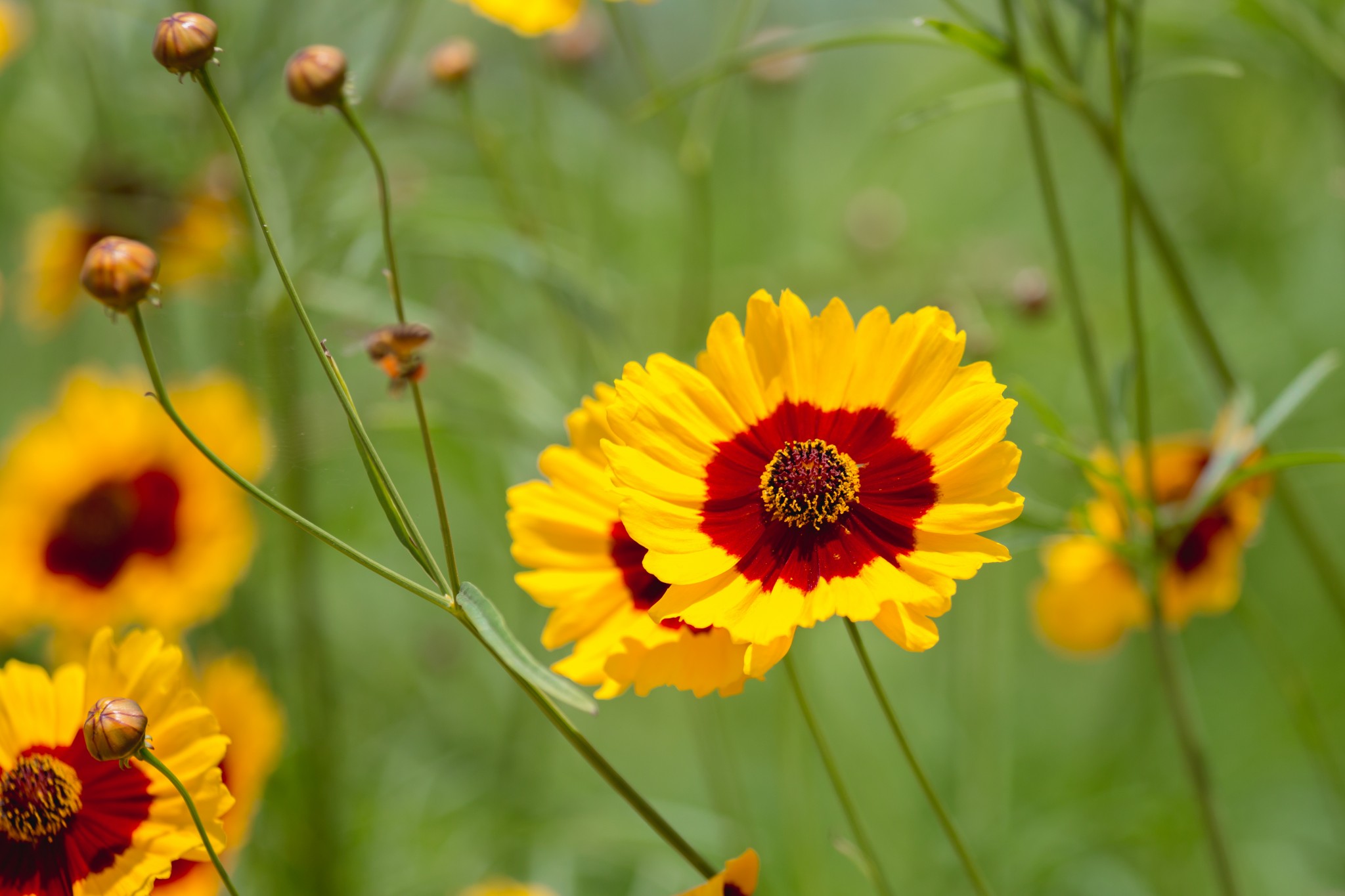
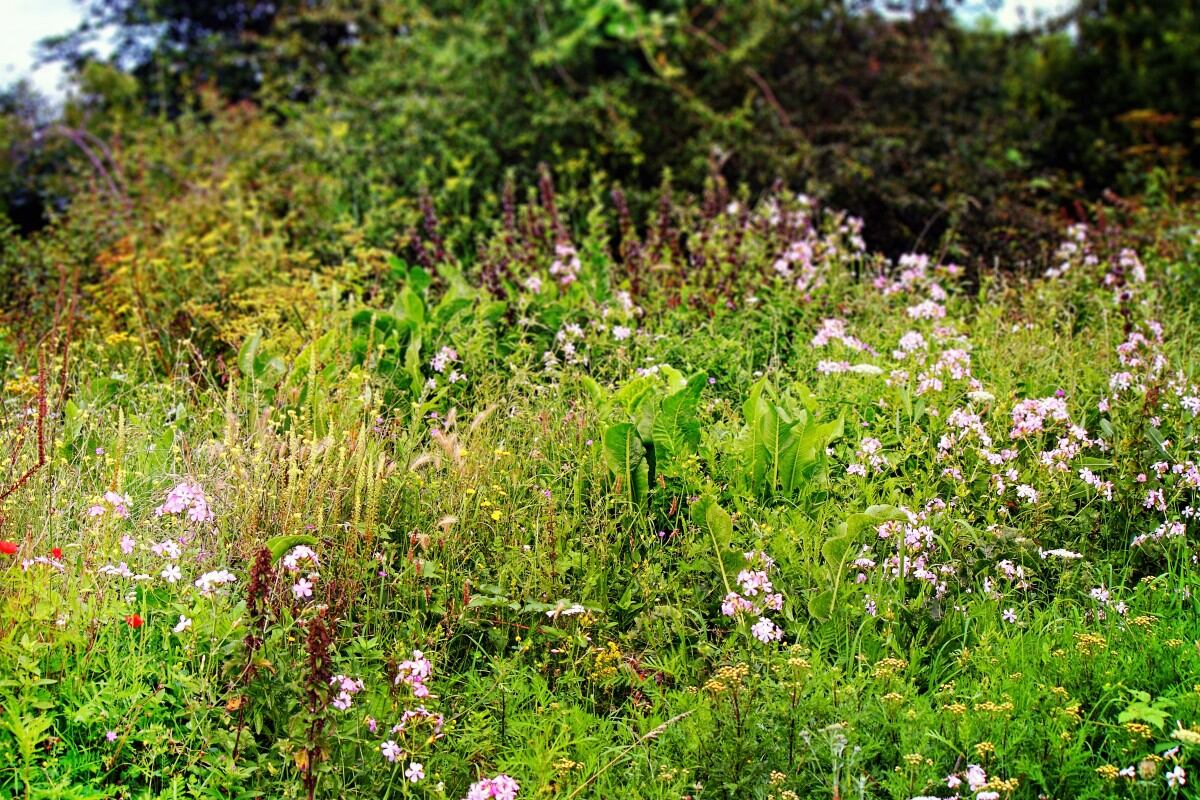
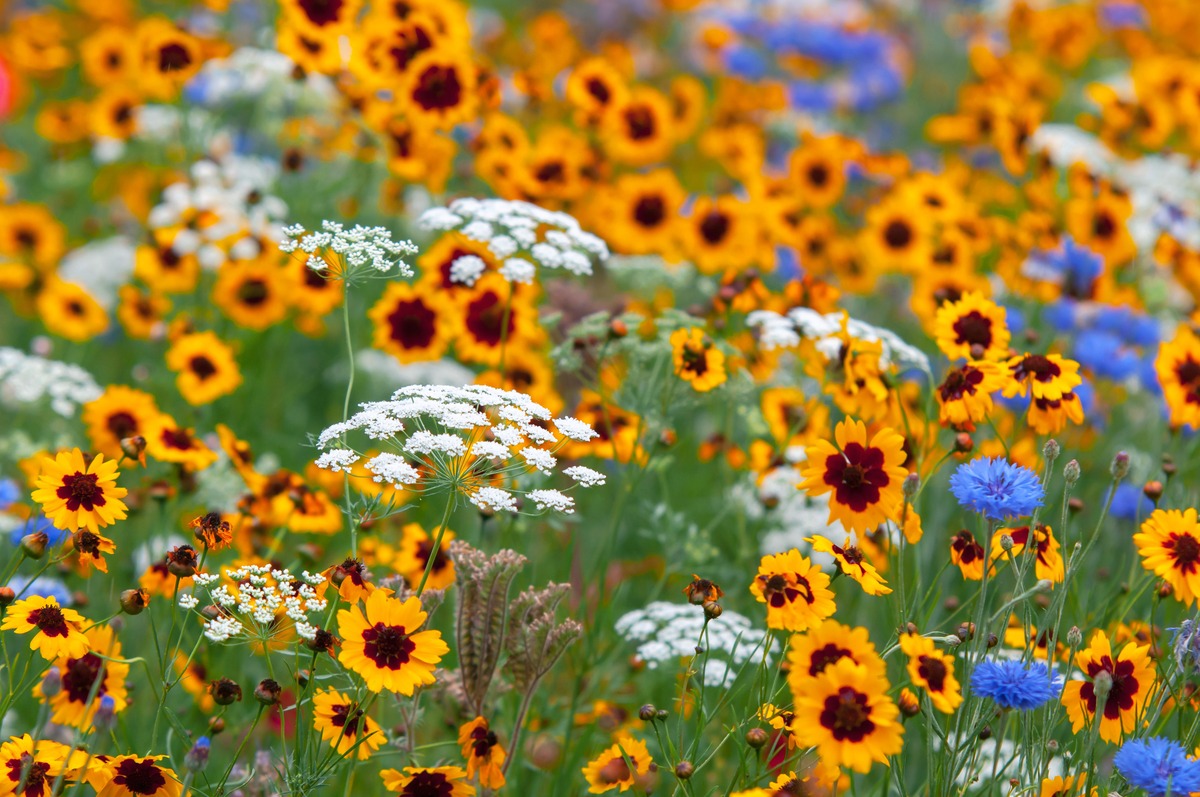

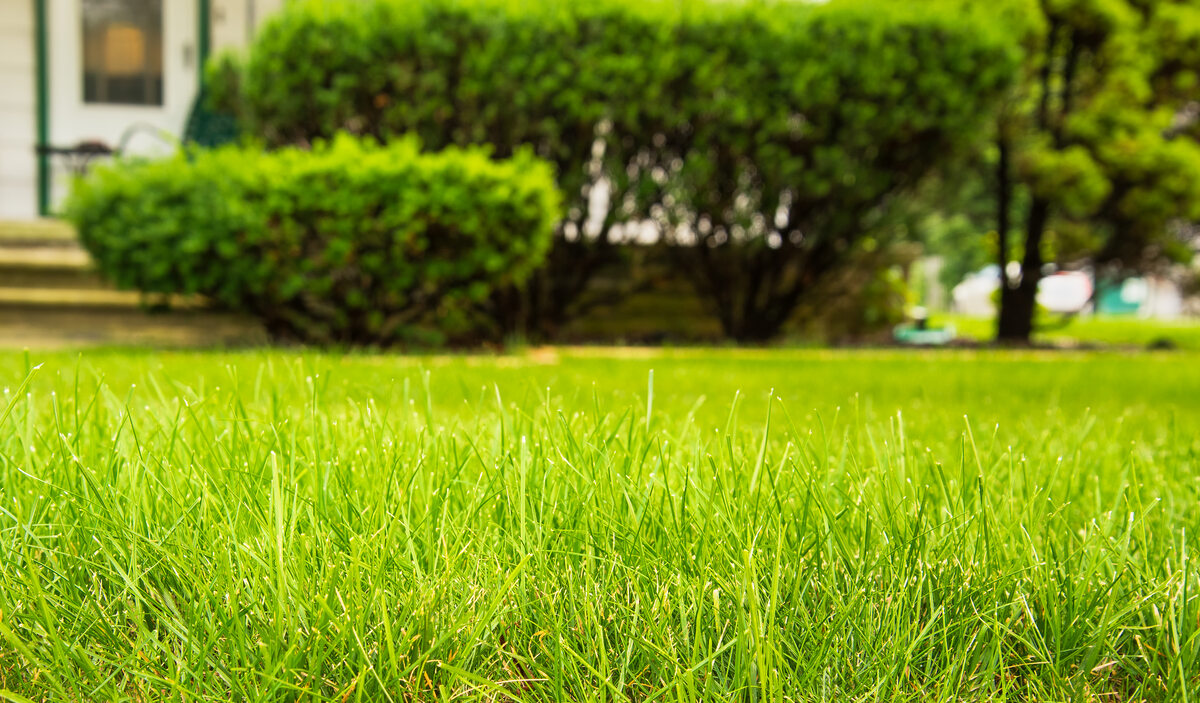
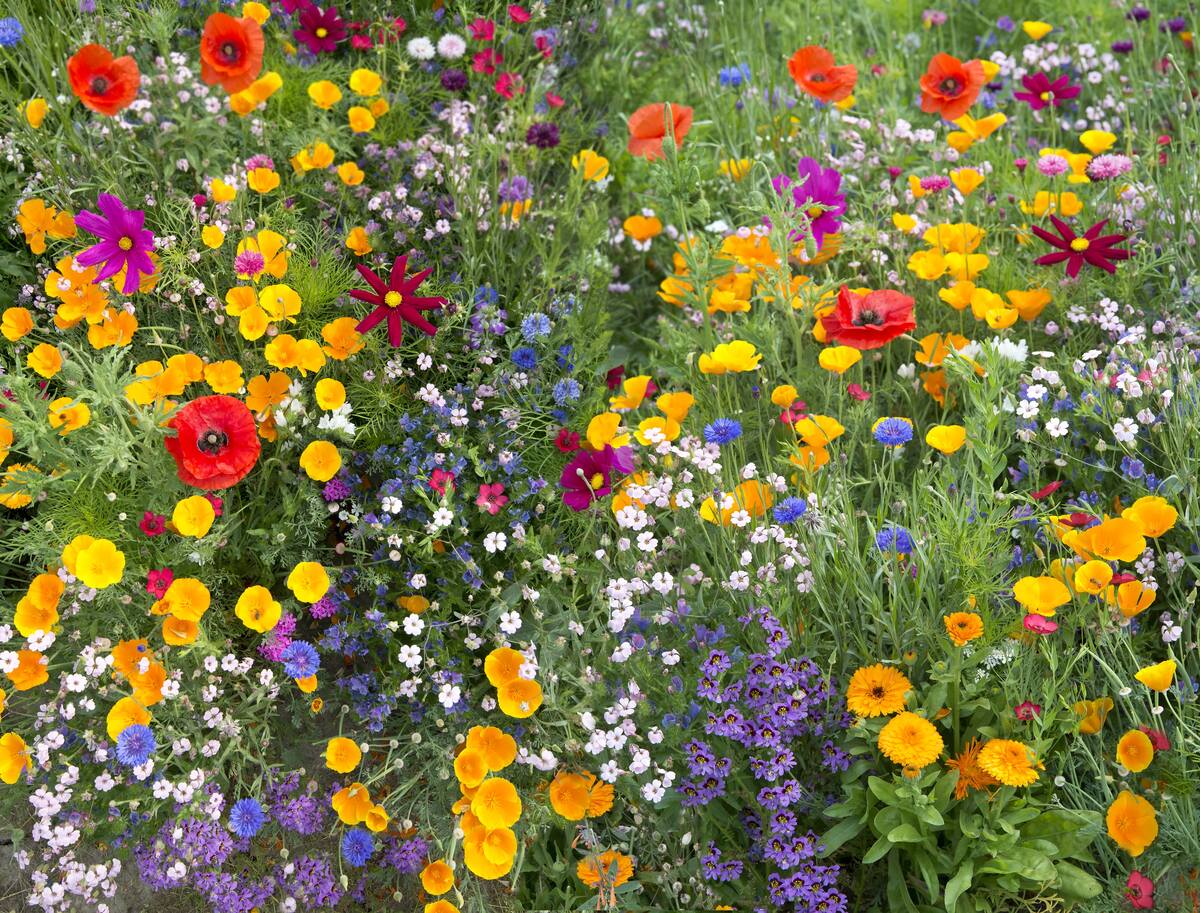
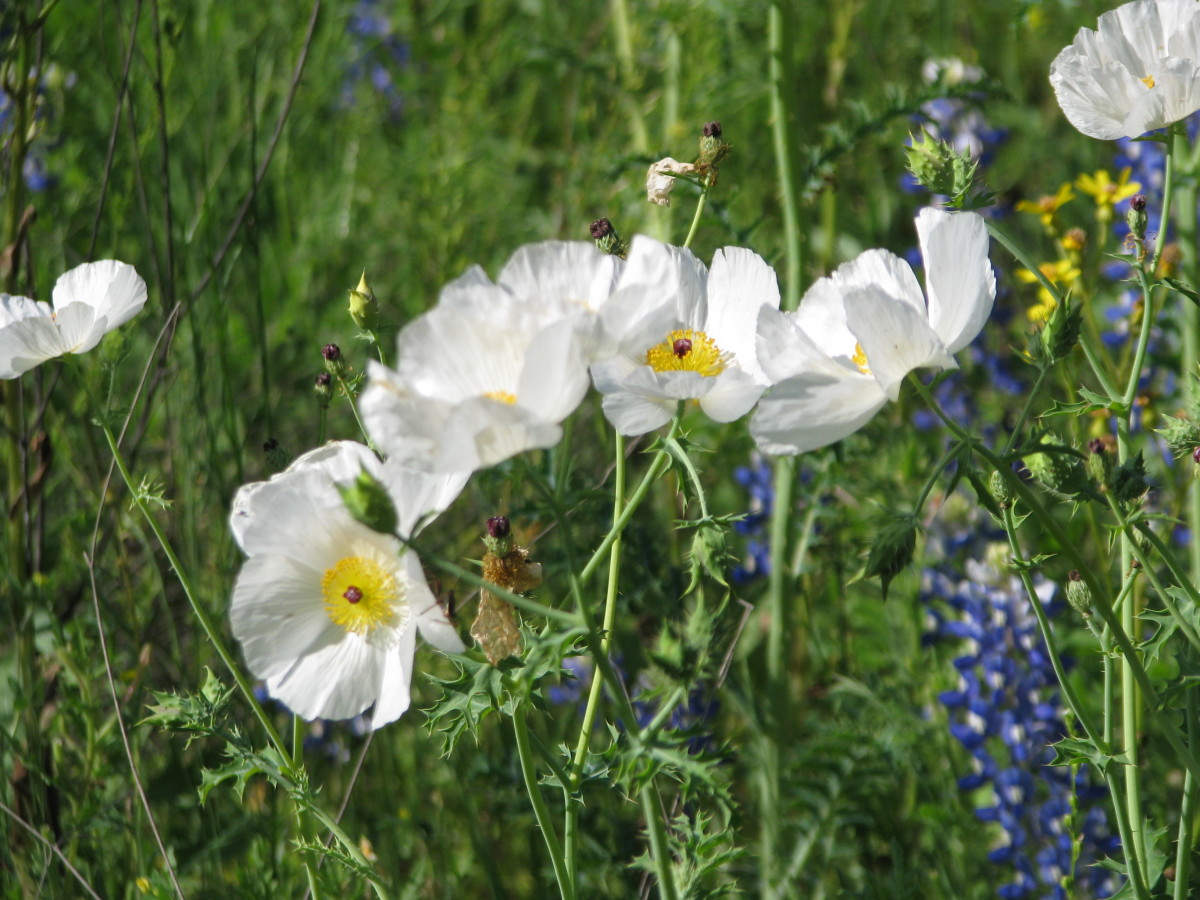
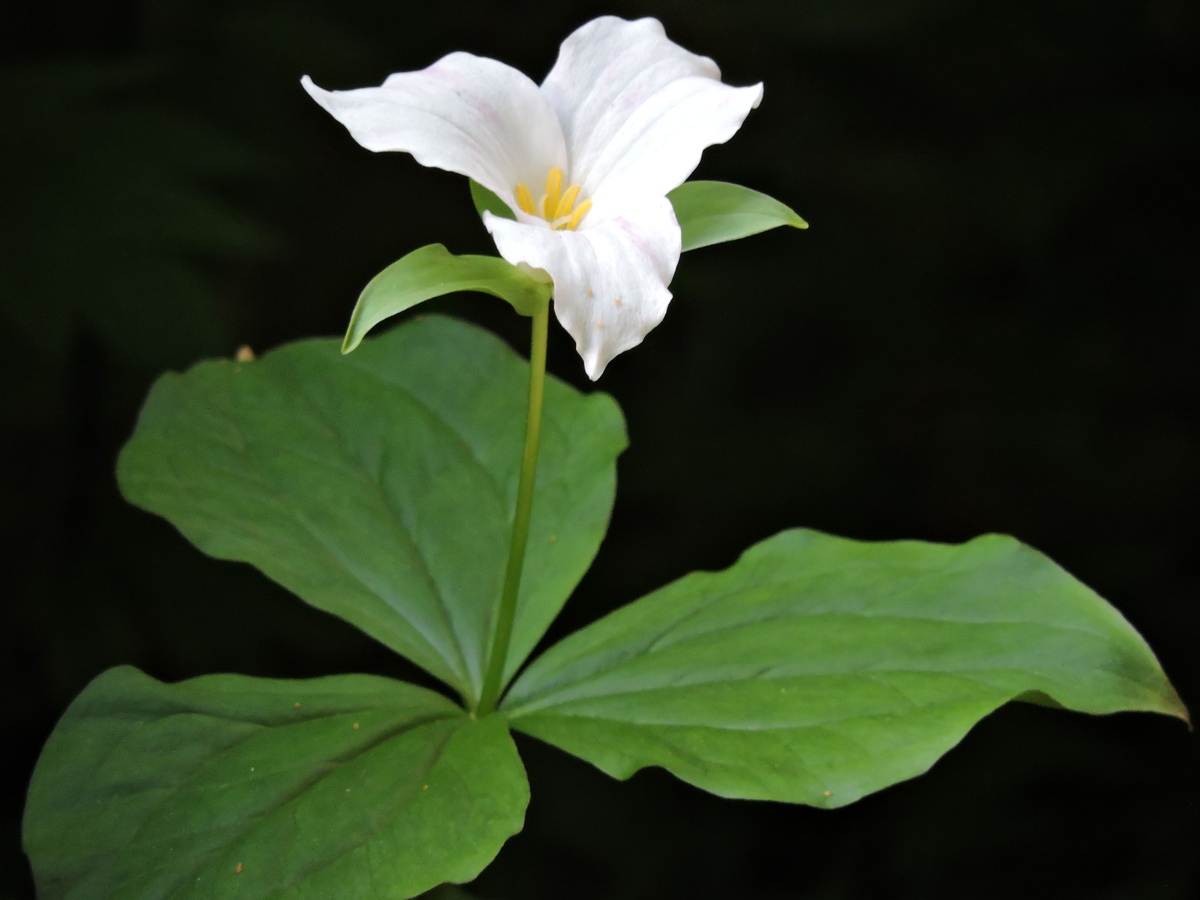
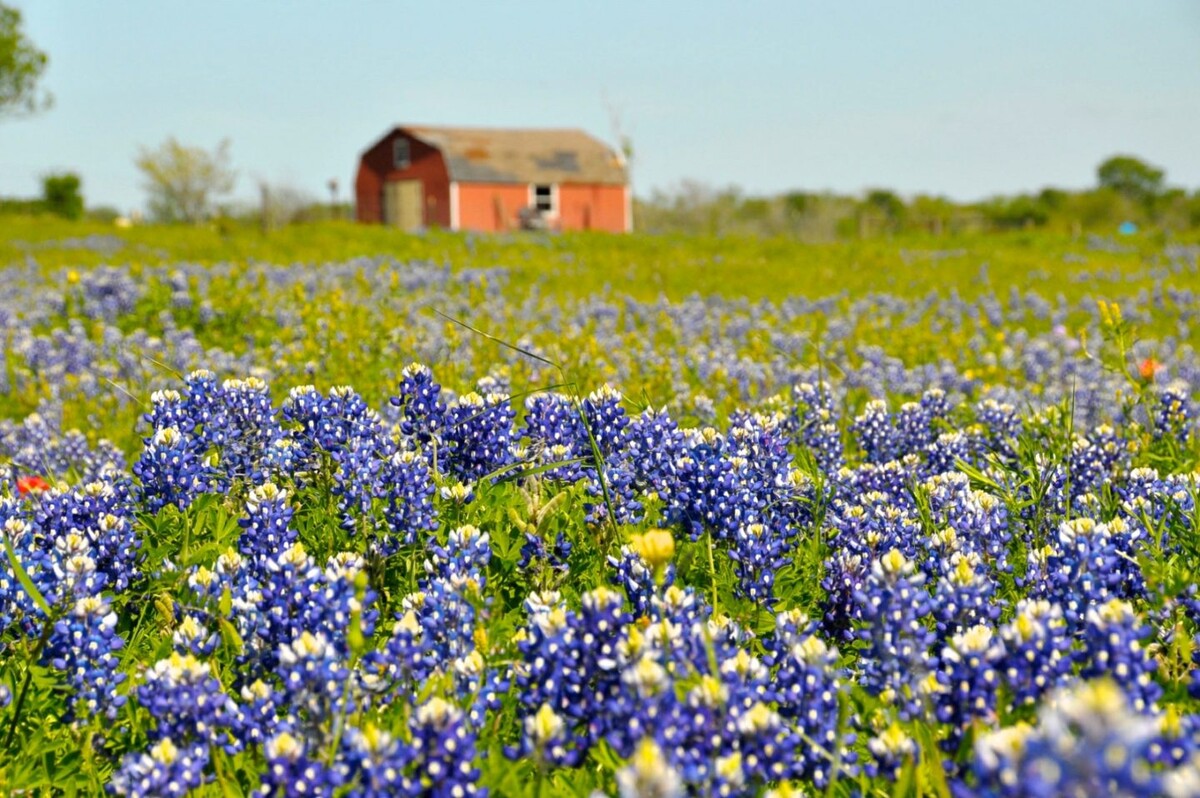


0 thoughts on “What Kind Of Wildflowers Are In Great Smoky Mountains Near Cosby”